8 Tips for Creating a Better Architecture Portfolio
Building a professional portfolio is a necessary step that every architect should take early in their careers to showcase their credentials, skills, and achievements to prospective employers and clients. The initial steps are the most difficult part of the process, as having a portfolio means that you’ve already completed some form of work in the past.

If you haven’t yet done that, then your focus should be on landing your first projects and gaining experience to add to your portfolio. However, even from day one an architect can put together a CV that will position them for an ideal career start. With that said, here are eight tips you can use to improve your architecture portfolio:
1. Build an Impressive Website
The first step you should take in building your online architecture portfolio is creating a visually appealing website. You should try to go beyond a general blog style site and instead strive for a design that showcases your work with the utmost professionalism.
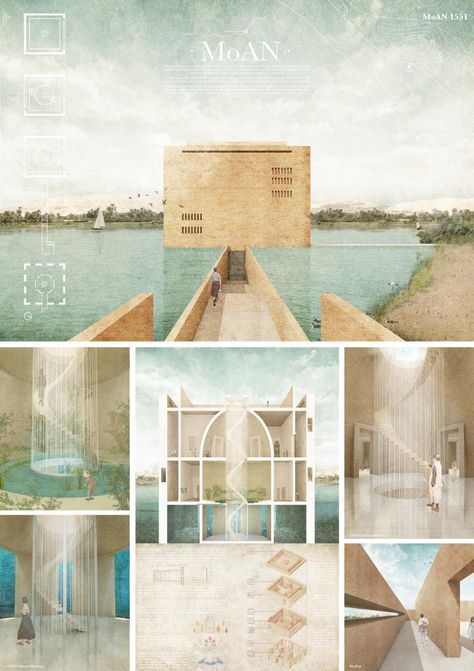
Of course, not every architect is a great web designer, so it would be wise to invest in web development services to ensure your portfolio site is top notch in every way. There are themes and platforms designed specifically for architects, so be sure to look for a solution that is tailored to your industry versus a general web design service.
2. Categorize Projects into Collections
A truly great architecture portfolio will feature a variety of projects that are categorized by the type of job, materials, location, and other details. Curating pictures of your work into organized albums will help prospective clients sift through your portfolio more effectively to find exactly what they’re looking for with less effort.

In addition to compiling collections, you may also want to make your portfolio content sortable by a variety of criteria, such as project type, date completed, and specialization. Sorting and organization are particularly important if you have an extensive portfolio, as you don’t want prospects getting distracted by unrelated content. You may even want to create several different specialized portfolios to showcase different disciplines if you have experience in more than one field of architecture.
Additionally, incorporating the principles of Open Agile Architecture can greatly enhance your portfolio’s effectiveness. By adopting this approach, you can demonstrate your ability to adapt and collaborate seamlessly with multidisciplinary teams, highlighting your agility in tackling complex architectural projects. Integrating this concept into your portfolio showcases your commitment to innovation, flexibility, and continuous improvement, further distinguishing you as a forward-thinking architect in the industry.
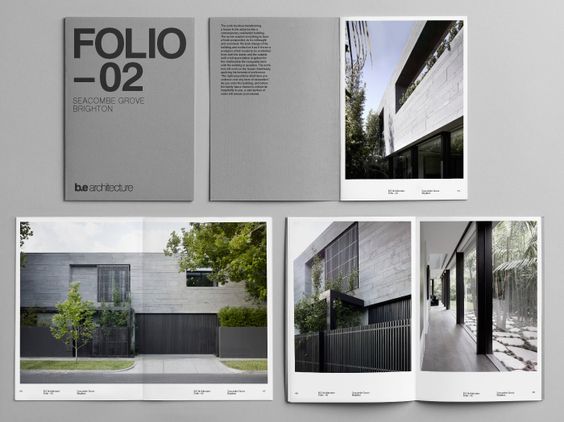
3. Create a PDF Version
Having an online portfolio on your own website is preferable but you should also have a PDF version of your portfolio saved to your PC and backed up in the cloud. This will ensure that you always have something to show even in the rare event of your website being down. You can attach the PDF within proposal emails to make it easier for prospects to access your portfolio without visiting an external site.
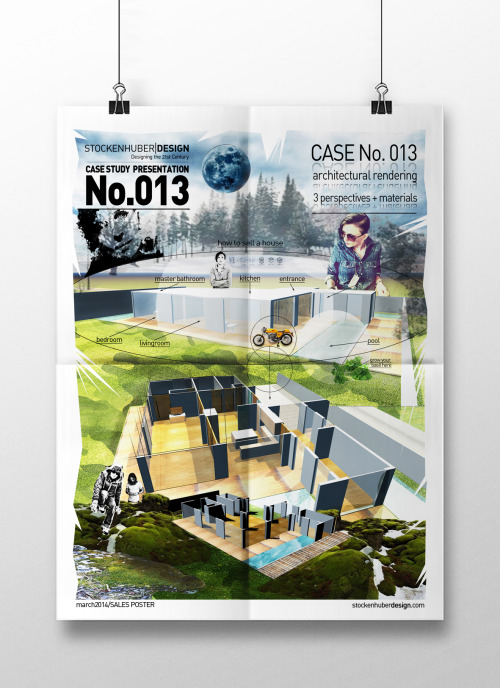
Plus, a properly formatted PDF portfolio can be printed onto paper to give you a physical copy that can be distributed during offline meetings. PDFs can also be downloaded and viewed on any device, so you can easily travel with your portfolio on your tablet or smartphone for quick viewing and editing on-the-go.
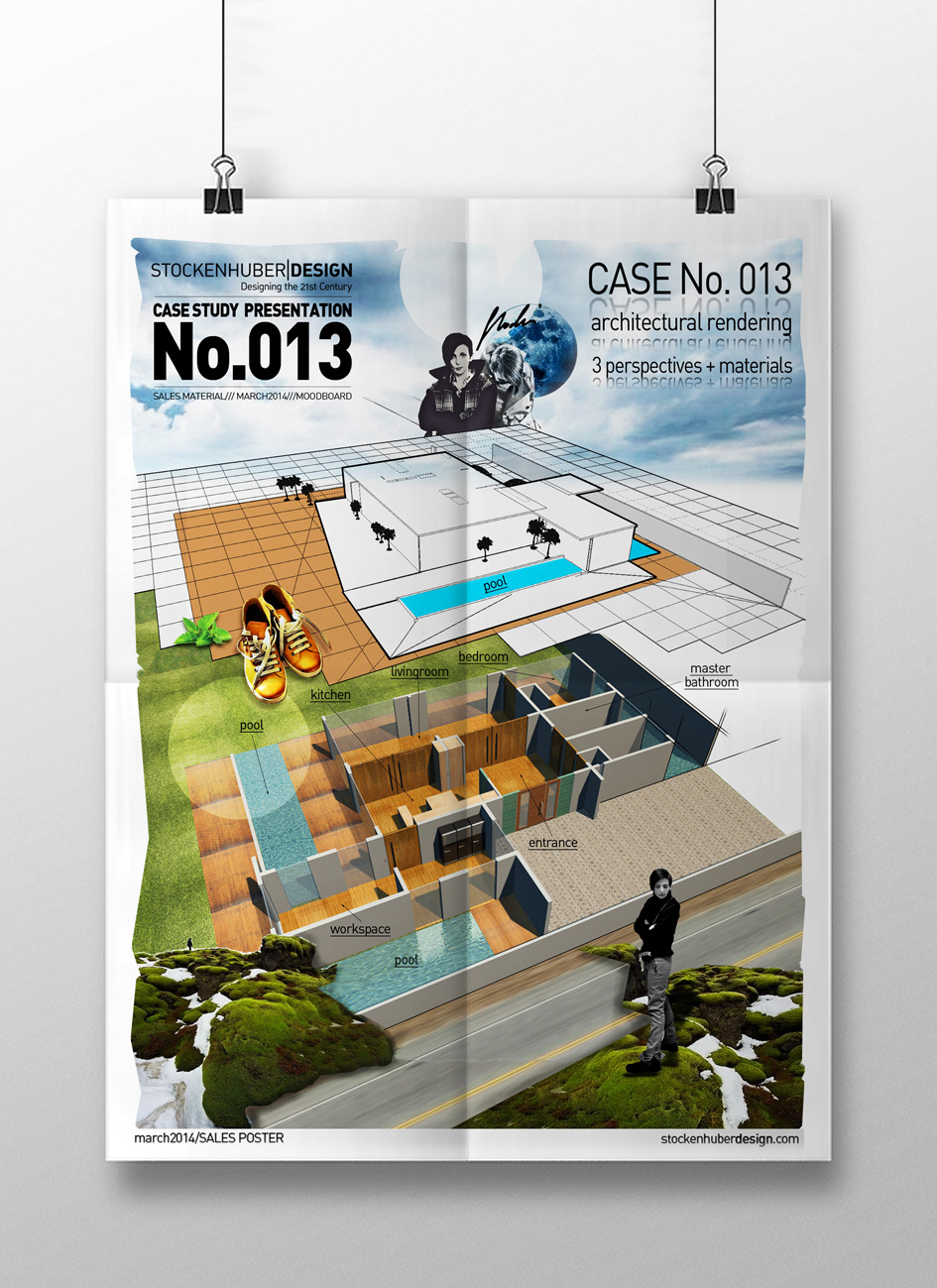
4. Optimize Your CV Page
Every good portfolio should begin with a solid CV page, as most prospects will want to examine your credentials and skills before they even look at any media. Go over your existing CV and try to think of any strengths or abilities that you might have left out. For example, if you’re bilingual that might not seem very relevant for architecture, but it can be another reason for a prospect to hire you, so be sure to list it.
Likewise, take the time to list any kinds of additional skills like computer programming, web design, graphic design, writing, etc. Even if the accolades and attributes have nothing to do with architecture, the extra perks can make you a more appealing candidate.
5. Put Your Best Projects First
The old saying “save the best for last” does not apply to architecture portfolios, as your goal is to be as convincing as possible. Unfortunately, in a busy working environment even a great portfolio can get skimmed over and skipped if it doesn’t start out with a bang. Ideally, your portfolio should be arranged in order with the most appealing media on the front pages and the less impressive feats towards the end.
Structuring your portfolio in this manner will ensure that you have the best chances of being taken seriously by anyone who takes even a moment to review your work. If you’re having trouble deciding which project is your best, you can take an online poll to get some external opinions to base your decision on.
6. Don’t Forget to Include Team Projects
Oftentimes architects will limit their portfolio to work that they’ve personally done, only mentioning team projects in passing on their resume. When citing team projects, it’s important that you include drawings and media to show exactly what your specific contribution was in the project, even if it was just a single drawing or a solution that you provided.
Showing proof of working with teams can put you at an advantage when applying for a position at a firm. It’s a good idea to give your partners and associates credit, although you don’t necessarily have to list every teammate you’ve ever worked with.
7. Pay Close Attention to Grammar and Writing Quality
Never overlook the importance of quality writing in any professional document. A single typo or error can undermine your efforts to create a perfectly optimized portfolio. On the other hand, flawless writing will showcase your intelligence and communication skills, so take time to go over your portfolio to look for mistakes.
In fact, you may even want to pay a professional proofreader and/or resume writing service to take care of the grammar side of things. Font, text placement, and formatting are also factors to consider when constructing and optimizing an architectural portfolio.
8. Utilize Your Drawing or Graphic Design Skills
Looking back on your existing projects you might be able to find cases where drawings were left out. Likewise, you might be able to find cases where you can better illustrate the work that was done using your graphic design skills.
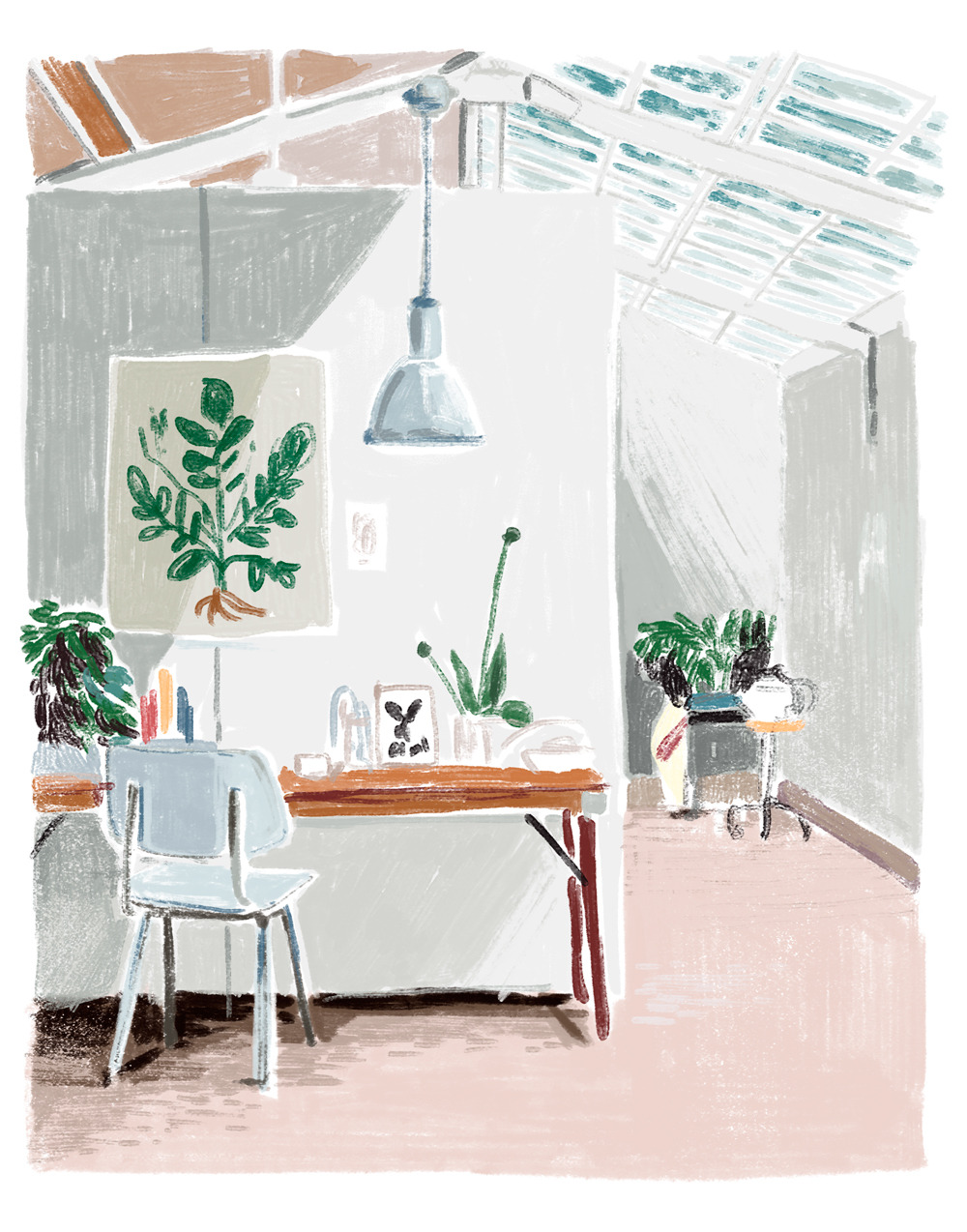
If you’re skilled at hand sketching or 3D modeling, those are skills that you’ll want to showcase extensively in your portfolio, even if it’s just conceptual architectural art that isn’t directly related to any previously completed project. However, while it is good to have a few pages of drawings and models, you don’t want to overdo this section of your portfolio and the artwork should preferably be kept relevant to architectural projects.

The Power of a Perfect Portfolio
Whether you’re trying to get hired by a large company or are looking to land projects for your own firm, having an extensive and fully optimized portfolio is perhaps the most powerful tool you can have in your arsenal. Although proposals, meetings, and correspondence are also essential, you can’t even get to any of those steps without a captivating and convincing portfolio to get you in the door.
Even if you have to invest in the development of your portfolio initially, that investment will undoubtedly pay for itself and provide a return in the long run. In conclusion, constructing and maintaining a premium portfolio should be on the top of your list of priorities as an architect, regardless of which field you specialize in.






